NOTE: For the purposes of this story I refer to the area of Grand Gulch and Cedar Mesa as “Bears Ears.” But please note that in the forty-seven years I’ve known and wandered southeast Utah, literally NOBODY ever referred to the region as ‘The Bears Ears” until two years ago. That title is a piece of product packaging and marketing by mainstream environmental organizations and the outdoor recreation industry and has never been a name that meant anything more than the two buttes that lie along the southern edge of Elk Ridge…JS
As the battle over Bears Ears continues, monument supporters express concerns that the area’s archaeological resources are not being given enough protection. And it is true. A call to the BLM just last week revealed that right now, and through the winter until March, the Kane Gulch ranger station is closed. NOBODY is out there. Further, the BLM representative advised that next year, they’ll have two people staffing the area, including one ranger. One.
It’s difficult to imagine there was ever a time when even avid non-motorized recreationists—hikers and backpackers and even backcountry rangers— complained that there was too MUCH oversight of the area by federal rangers. But that is exactly what happened in the spring of 1976.
A few months earlier, I had wandered into the visitor center at Natural Bridges National Monument, just across the road from Cedar Mesa and had befriended some of the rangers there. I was living out of a Volkswagen bus at the time and the offer of a shower and a couch was greatly appreciated Among the new friends I made was a guy named Jim Conklin. Jim was from Colorado, had worked as a seasonal ranger at Grand Canyon and now had been hired as a permanent staffer (“subject to furlough”) with the BLM as a backcountry ranger at Grand Gulch Primitive area.
Jim and I became fast friends. I’d never met a more honest and sincere man. Or courageous. If ever there was a man who had the courage of his own convictions, it was Jim. And it was from him I learned early on, that to be true to one’s values and ethics, there was a price to be paid.
Conklin was one of at least six rangers whose duty was to roam the canyons and mesas of Cedar Mesa and Grand Gulch and keep an eye out for archaeological looting and vandalism. It was a tough job, with a lot of ground to cover, but never before had the BLM dedicated so many resources to protect the area. (note, this was 42 years ago).
One of his co-workers was Lynnell Schalk. In an “Archeology Magazine” interview in 2005, Schalk described the duties of a BLM ranger:
“With a four-wheel drive vehicle or horse patrol we would head down into Kane Gulch or across Cedar Mesa. If we saw fresh tracks we would go see what people were doing. It was hot with temperatures climbing to 95-100 degrees. We had no air conditioning or power steering. You would bounce around in the jeep–it was a long hot dusty day.”
The BLM also initiated something new—helicopter overflights. According to Schalk:
“Helicopter patrol was a routine part of the day. You rattled around, with loud helicoptor noise all day long. As a spotter you needed to maintain constant attention for two-three hours. It was completely exhausting.”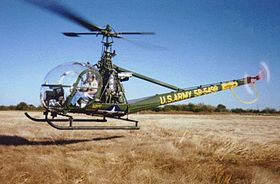
But while most of the Grand Gulch crew enthusiastically supported them, my friend Conklin was not a fan of the overflights. I remember Jim coming to talk to me at Arches one evening, where I had found work as a volunteer, in exchange for a room and three bucks a day. He was deeply concerned.
“Stiles, he said, “How would you like it if you were out in the wilderness, miles from any road and feeling like the world is far, far away and suddenly you hear this ‘whock, whock’ reverberating noise and you look up to see a damn helicopter flying at tree-top level, hovering right over you. And then, if you can believe this, it LANDS in the sagebrush meadow 50 yards in front of you. That is what I’M having to do out at Grand Gulch.”
Conklin explained to me that his new job was to do surveillance on hikers in the area and, in effect, to harass them.
“You would not believe the looks we are getting from innocent backpackers. It’s crazy! Whatever happened to ‘innocent until proven guilty?'”
Conklin was also concerned about the helicopter’s safety. It was a Hiller 12E and had been in another accident just a few weeks earlier. Conklin expressed his reservations about the ethics of these overflights as well as the aircraft’s safety, but he was ignored and rebuked by his superiors and by his peers. But Jim continued to participate in the overflights because, as he said later, “It was my job and I had to do it.”
On Sunday morning, March 14, 1976, Jim climbed aboard the Hiller chopper with fellow ranger Becky Blackburn and pilot Fred Wardell. Their overflight was to include the Butler Wash area, ten miles north of Bluff, but not long after their departure, the pilot began to experience mechanical issues.
Wardell later told the Salt Lake Tribune that he was attempting to land the chopper but decided to abort, when the helicopter control mechanism failed to respond. The Hiller 12E fell sixty feet to the ground, landing on its side. Fortunately it did not explode but two of the occupants were badly injured. Blackburn sustained a crushed vertebrae and was unable to move. Wardell had severe facial and eye injuries.
Though in severe pain, Conklin stabilized his two friends and moved them clear of the wrecked Hiller, then hiked out seven miles to the main highway and caught a road to Bluff, where he was able to contact law enforcement. He and Deputy Sheriff Rudy Cook returned to the accident scene, and later Blackburn and Wardell were transported to a hospital.
Jim Conklin was the hero of the day. Later he learned that he’d made the seven mile hike for help with a compression fracture of his vertebrae. And while he worried about his injured friends, he hoped that finally the BLM would put an end to the helicopter surveillance. Instead he got fired.
Almost a month after the accident, BLM called a staff meeting to talk about the future of the overflights. Conklin was sure that at long last he’d be vindicated for his concerns and that now a serious re-appraisal was in order. To his dismay and utter disbelief, the sentiment among the BLM rangers and staff was to get the choppers back in the air as soon as possible. Jim told me later of the sinking feeling that overwhelmed him as he listened to the same kind of unbridled enthusiasm for the program that had existed before the crash.
Finally, Jim Conklin, the “lone ranger,” as he described himself to me later, rose to address his fellow rangers and to question their sanity. He reminded them, as if they needed reminding, of the near fatal crash his friends had barely survived and noted the numbers of hikers who were starting to complain about the chopper flights. Not one person in the room backed him up. Finally, Conklin declared that he would not fly in the chopper any more. He was done.
Conklin’s boss, Moab District Manager Gene Day gave Conklin two options–either fly, or accept a transfer to Little Sahara Recreation Area. Little Sahara was, even then, a mecca for off road vehicles of all kinds, and more of a law enforcement job. He would have had little to do with wilderness or the backcountry that had led Conklin to the Grand Gulch job in the first place. Conklin argued that NOBODY should have to fly. In fact, he noted that the overflights should qualify for hazardous duty pay. Later, Manager Day conceded the point but never compensated any of his rangers for the risks.
After Conklin refused the BLM’s options, he was fired and given two weeks to clear out; soon newspapers in Utah and elsewhere carried the story. Readers were stunned to learn that the ranger previously reported by the media as the BLM’s “helicopter hero” had now been canned. And the public aired its growing hostility to the “eyes-in-the-sky” program.
The Salt Lake Tribune reported:
“But the use of helicopters to detect these people has generated hard feelings among people who use the primitive areas for recreation. Jim Fassett, a New Mexico geologist, summed up these grievances thusly, ‘Here we have an area set aside for people to escape from modern civilization and they turn around and fly one of man’s ultimate machines all over.’ Mr. Fassett says he and his family were ‘landed on’ three times in two days while backpacking last summer.”
Conklin told the Tribune that he “found the flights unethical, describing them as an invasion of privacy containing elements of ‘Big Brotherism.'”
The Tribune added, “Conceivably, the right of privacy, a somewhat murkily defined area of legal thought, would be jeopardized when helicopters drop in uninvited to check for suspected pot hunters. Dropping in on the same people three times in two days might even be construed as harassment. If the day comes that the issue of privacy rights versus safeguarding Indian artifacts is presented in court we would probably come down on the side of privacy.”
After Conklin left, the BLM revised its helicopter surveillance program, and stopped landing on hikers in the middle of the wilderness. All of Conklin’s fellow rangers left the program within a couple years and the overflights stopped completely. What’s apparent as well is that over the years and decades, funding to protect the archaeology on Cedar Mesa and Grand Gulch has declined as well. The question is why?
In 1976, the BLM was providing the funding and staff, even to the point of becoming a nuisance, to protect the antiquities, but they had no real authority. As Ranger Schalk noted, it wasn’t until the passage of the Archaeological Resources Protection Act in 1979, that “the looting and trafficking of archaeological resources was given a felony provision.”
In the years since, funding for the area has declined. While the BLM built a new half million dollar visitor center at Kane Gulch in the mid-1990s, there was often a paucity of staff to operate it, much less a team of skilled law enforcement rangers in the field to protect it. Through Democratic and Republican administrations alike, for almost 40 years, the needed level of funding has not been there.
In 2017, ARPA is still there, still waiting to be used effectively. So is the 1990 “Native American Graves Protection & Repatriation Act.” And the 1996 “Indian Sacred Site,” executive Order 1307. And Executive Order 13175, “Consultation & Coordination with Indian Tribal Government,” from 2000.
What Bears Ears needs is the staff and the desire–and the funding— to implement these laws. The region now known as “Bears Ears” doesn’t need monument status, or multi million dollar management plans, or expansive visitor centers. It needs boots on the ground.
When will people figure this out?
POST SCRIPT:
And finally, Jim Conklin left Utah utterly bewildered and crushed. He lived in Denver for a while, living in his brother’s basement. Two years later, he finally got a job with the National Park Service at Carlsbad Caverns and then as a staff photographer for the Department of Energy’s Waste Isolation Pilot Plant (WIPP) program. He was the best man at my first wedding and I was his, just a few months later. But he died suddenly in 1991. He was one of the best men I ever knew.
Jim Stiles is Founder and Co-Publisher of the Canyon Country Zephyr.
![]()

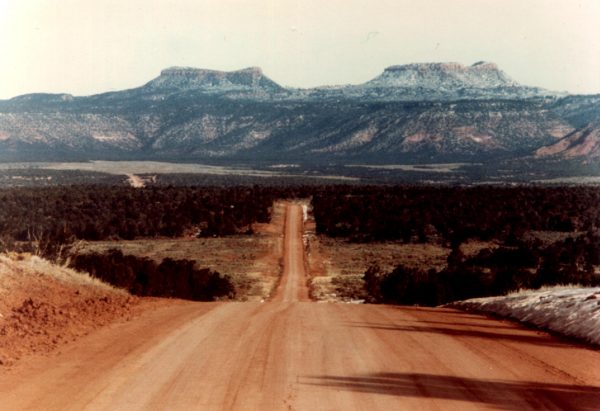

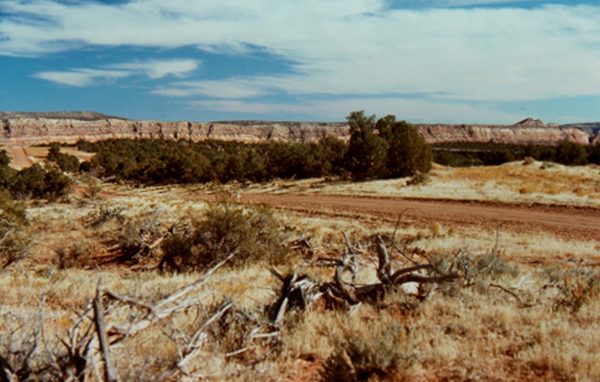
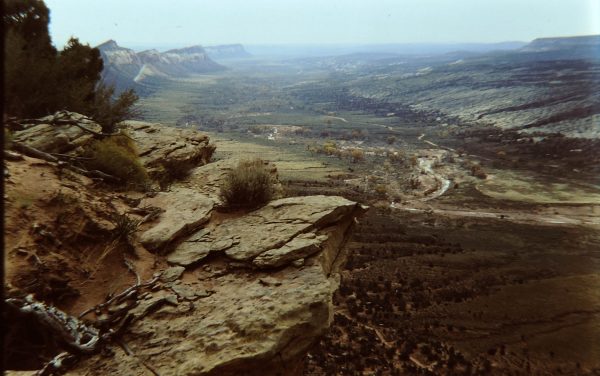
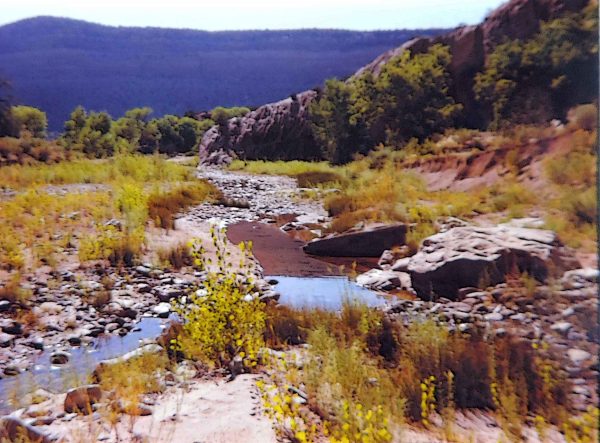
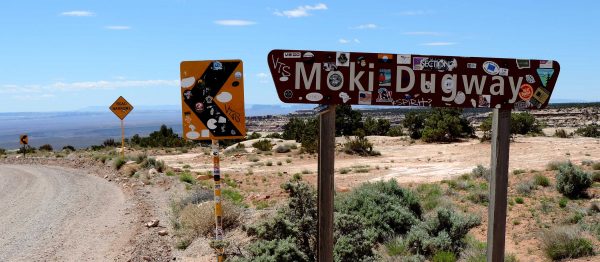
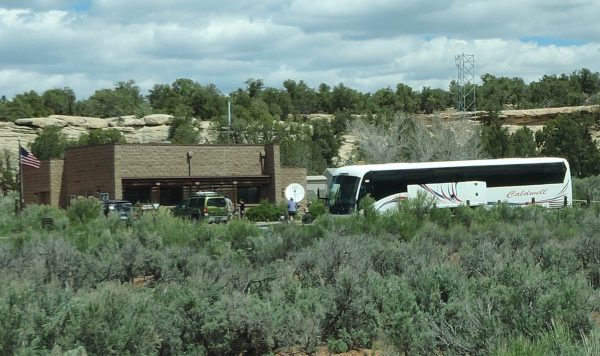





You hit the nail on the head. Bears Ears needs boots on the ground. National Monument designation only draws attention to an area that would be safer if the hoards weren’t alerted to its existence.
Can you comment on the balance of protection of land and the rights of sovereign people? I would like to hear/participate in an honest dialogue between all groups. Leaving out indigenous voices from the conversation and only considering land use v. protection is not productive. It is disrespectful. Include more voices from the region in mainstream media or even small market media like Moab.
Tony S, tribal representatives have never been left out. Mark Maryboy, former San Juan County commissioner and board member of the activist group Utah Diné Bikéyah, was a member of the county’s Lands Council before the activist group chose to pull out and enlist a University of Colorado law professor to write the monument proposal that was sent by the Bears Ears Inter-tribal Coalition to President Obama. Willie Grayeyes, current chairman of Utah Diné Bikéyah, was appointed to the BLM’s Utah Resource Advisory Council (RAC) by the U.S. Interior Department in July 2015. Members of the RAC offer recommendations on management of 22.9 million acres of federal public lands in Utah.
Mainstream news media have been saturated with Native American voices thanks, in part, to a savvy multimillion dollar political campaign funded by some of the wealthiest environmental groups in the country.
Frankly, I am unclear on what “the rights of sovereign people” mean. Obama’s proclamation did not give special consideration to Native American groups over other stakeholders, such as ancestors of Euro-Americans now living in southeast Utah or paleontologists or ranchers or private property owners.
This should give all public land visitors lots, to think about. Other factors in this equation, include financing/in regards to our gigantic national debt., how to educate visitors, and how to manage tourism, without destroying landscapes and livelihoods of San Juan. I remember those”big brother” helicopter surveillances shattering the solitude of family picnics and hikes several times.
It was never Bears Ears until recently. It was Cedar Mesa and Grand Gulch…. and it was already over run by 1991. There are places I will not name (some with no names) that I wail and cry over because they are no longer the places they were in 1989… in 1979….in 1969. There is a place I proposed to my wife – no soul in 30+ miles. The last time we visited in 2009 there were 5 RV’s and 12 OHV’s parked in our love nest. No more. I draw a line. I won’t be part of the problem. Go AWAY. Leave these places alone! Wilderness must exist for its own sake and there must be places to go where no one else is. STOP naming the lovely gorgeous places you have found. Leave others to find them on their own. Let the lizards and scorpions and coyotes have a place where people don’t bug them… Cedar is unfortunately not it anymore.